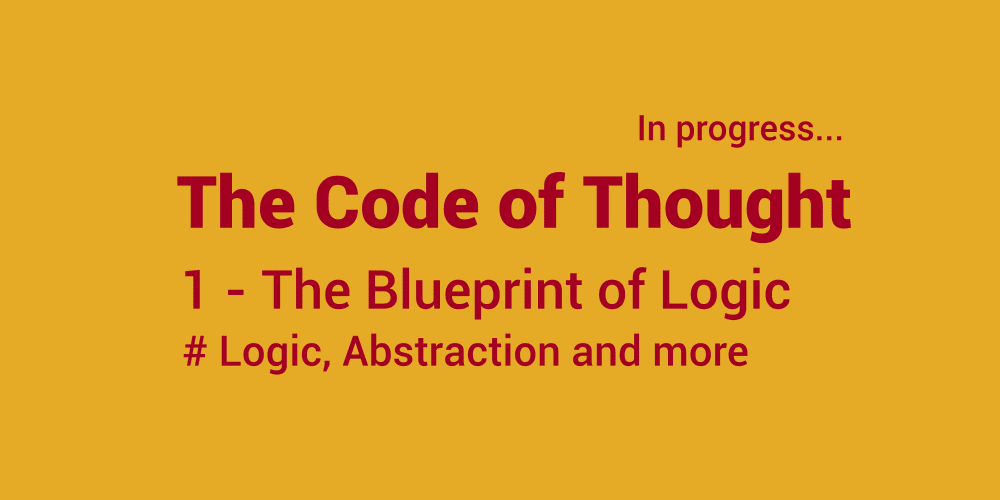Implementing LLM Guardrails for Robust and Reliable RAG Applications
Introduction
The rise of Large Language Models (LLMs) has ushered in a new era of AI-powered applications, particularly in the realm of Retrieval Augmented Generation (RAG). RAG systems leverage the power of LLMs to generate insightful and creative content based on relevant information retrieved from external data sources. This approach holds immense potential for revolutionizing fields like customer service, content creation, and research.
However, the unbridled power of LLMs comes with inherent risks. Their ability to generate coherent and seemingly factual text can lead to the creation of biased, inaccurate, or even harmful outputs. Therefore, implementing robust guardrails for LLMs within RAG applications is crucial for ensuring reliability, safety, and ethical use.
The Importance of Guardrails
Guardrails are essential for several reasons:
- Accuracy and Factuality: LLMs, while incredibly powerful, can hallucinate – generate plausible but inaccurate information. Guardrails help ensure the information presented in RAG outputs is grounded in truth and supported by retrieved data.
- Bias Mitigation: LLMs can reflect the biases present in their training data. Guardrails can help mitigate these biases by detecting and addressing potentially harmful or discriminatory language in outputs.
- Content Safety: LLMs can generate inappropriate or offensive content. Guardrails help ensure that outputs remain safe for all users, regardless of age, background, or sensitivity.
- Data Privacy and Security: Guardrails can be employed to prevent LLMs from accessing or disclosing sensitive information, ensuring compliance with privacy regulations and security protocols.
- Control and Governance: Guardrails offer a way to define acceptable boundaries for LLM behavior, ensuring they operate within ethical and legal frameworks.
Deep Dive into Guardrail Techniques
Several techniques can be used to implement guardrails for LLMs in RAG applications. These can be broadly categorized as:
1. Input-Level Guardrails:
- Data Filtering: Pre-processing retrieved data to remove potentially harmful or irrelevant content. This can involve filtering out offensive language, eliminating personal information, and removing duplicate entries.
- Query Refinement: Refining user queries to ensure they are clear, unambiguous, and aligned with the intended purpose of the application. Techniques include keyword extraction, query expansion, and query reformulation.
- Contextualization: Providing the LLM with contextual information about the retrieved data to help it understand the source and meaning of the information. This can include adding metadata about the author, publication date, or source credibility.
2. Output-Level Guardrails:
- Fact Checking: Verifying the information presented in the LLM's output against the retrieved data to identify discrepancies or inaccuracies. This can involve using external fact-checking resources or employing techniques like semantic similarity analysis.
- Bias Detection: Detecting and mitigating potential biases in the LLM's output. This can involve using techniques like sentiment analysis, topic modeling, and fairness metrics to identify and flag biased language.
- Content Moderation: Filtering out inappropriate or offensive content generated by the LLM. This can involve using pre-trained models for text classification or implementing custom rules and thresholds for identifying problematic outputs.
- Output Summarization and Simplification: Ensuring that the output is concise, relevant, and easily understandable for the user. Techniques like summarization algorithms, sentence simplification tools, and readability scores can be employed.
3. Model-Level Guardrails:
- Fine-tuning and Prompt Engineering: Training the LLM on specific datasets and using carefully crafted prompts to guide its behavior and encourage desired outputs. This can include providing specific examples of acceptable and unacceptable content, emphasizing factual accuracy, and focusing on ethical considerations.
- Model Selection: Selecting LLMs specifically designed for responsible and ethical use, with built-in safety mechanisms and robust bias mitigation strategies.
- Multi-model Ensemble: Combining the outputs of multiple LLMs to reduce the risk of individual model biases and inaccuracies. This can involve using different models for different tasks or aggregating their outputs for a more balanced and reliable result.
Practical Implementation Examples
1. A Customer Service Chatbot:
- Input-Level Guardrails: Filter out customer queries containing sensitive personal information (e.g., credit card details, medical records).
- Output-Level Guardrails: Implement fact-checking mechanisms to ensure the chatbot provides accurate product information.
- Model-Level Guardrails: Train the LLM on a dataset of customer interactions to encourage empathetic and helpful responses.
2. Content Creation Tool:
- Input-Level Guardrails: Use query refinement to ensure users provide clear instructions and topic boundaries.
- Output-Level Guardrails: Implement content moderation to prevent the generation of inappropriate or offensive text.
- Model-Level Guardrails: Fine-tune the LLM on a dataset of high-quality, informative content to encourage the generation of well-written and engaging articles.
3. Research Assistant:
- Input-Level Guardrails: Employ data filtering to exclude unreliable or biased sources from the retrieved information.
- Output-Level Guardrails: Use bias detection techniques to flag potentially biased or misleading statements in the LLM's output.
- Model-Level Guardrails: Train the LLM on a dataset of academic publications to improve its ability to understand and synthesize complex research findings.
Tools and Resources
Various tools and resources can aid in implementing LLM guardrails for RAG applications:
- OpenAI: Offers tools like the GPT-3 API with built-in safety features and content moderation capabilities.
- Google AI: Provides access to language models like BERT and LaMDA, along with resources for bias detection and mitigation.
- Hugging Face: Offers a platform for accessing and fine-tuning pre-trained LLMs, including models specifically designed for responsible AI.
- Azure OpenAI Service: Provides a managed platform for deploying and managing LLMs with built-in safety features and governance tools.
- AI21 Labs: Offers a suite of LLMs with advanced safety and bias mitigation mechanisms.
- FactCheck.org: An independent fact-checking organization with a database of fact-checked claims and resources for evaluating information.
- Snopes: A website dedicated to debunking urban legends and verifying the truthfulness of online claims.
Conclusion
Implementing robust guardrails is essential for unlocking the full potential of RAG applications while mitigating inherent risks. These guardrails can ensure accuracy, mitigate biases, promote content safety, and maintain data privacy and security. By utilizing the techniques and tools discussed in this article, developers and organizations can build responsible and reliable RAG applications that harness the power of LLMs for good.
Remember that guardrails are an ongoing process. As LLMs evolve and new risks emerge, it's crucial to continuously assess and refine guardrail strategies to ensure the responsible and ethical use of these powerful technologies. By embracing a culture of responsible AI, we can harness the transformative potential of LLMs for the benefit of society.


















